The advent of Actinidia chinensis yellow and red kiwi selections with lower chilling requirement has opened the door for South Africa, which had a stab at creating a kiwi industry in the 1980s, but with a focus on green kiwis
“South Africa’s big opportunity is not to be a big player but to be a player of quality, taste and flavour,” maintains Peter Turner, license manager of the Soreli kiwi variety. The Tropic of Capricorn runs through the north of South Africa as the Tropic of Cancer runs through Sichuan Province, the home of chinensis kiwis, guaranteeing many sunlight hours.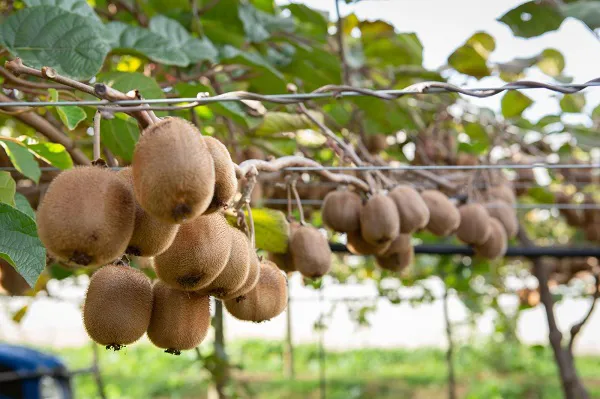
In places like Grabouw where growers “burned their fingers” on Hayward type kiwis forty years ago, there is more scepticism towards the new generations of kiwi, but, remarks Peter, where “growers are more adventurous, we’ve made great strides.”
Elgin/Grabouw is an excellent area with its pronounced maritime climate, but countrywide between 500 and 600ha of chinensis kiwis have been established. He foresees a mature industry of around 2,000 to 3,000 ha over the next ten years.
Kiwis outperform apples on various fronts
“We mustn’t overstate our position, but the potential that is here with global warming: some of the best apple varieties in Elgin/Grabouw require 700 to 900 hours of chilling, compared to our kiwis at 450 hours.”
Even Hayward kiwis are outperforming apples, Peter says, with its lower production costs. One is able sell green kiwis locally at a price two and a half times higher than the price of apples. In fact, he points out, South Africa is a net importer of kiwis, bringing in 7,000 tonnes annually, 90% of those green kiwis.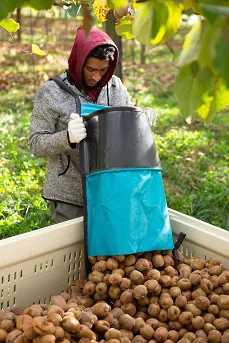 “My expectation of the apple industry is that it will invest in green or late maturing yellow kiwis in the future. They ripen after Pink Lady, and it gives growers another 6 weeks of packshed and labour utilization."
“My expectation of the apple industry is that it will invest in green or late maturing yellow kiwis in the future. They ripen after Pink Lady, and it gives growers another 6 weeks of packshed and labour utilization."
He adds that Grabouw growers of green kiwifruit sell all their fruit locally at import price parity.
The apple year that just passed has made people more interested in investigating kiwis and other alternative crops.
Apple orchards in Grabouw have higher production maintenance costs than kiwi which lends itself to more biological production, although the water use rate is 20% higher than for apples.
The tonnages from an apple orchard are much higher but then again packouts are closer to 65%, he says, whereas under a net structure kiwi packout can be in the upper 80s or lower 90s percentiles.
“Farmgate price for kiwi much higher than apples',” Peter says. “The sums look very good.”
Peter explains that the fortunes of the apple industry depends on how much fruit the Europeans are storing whereas on red and yellow chinensis, the storage is not as elastic as apples so it presents an earlier opportunity window for South African growers.
Southern Cape hops growers are another group looking for an alternative since the ABInbev takeover reduced demand for locally grown hops.
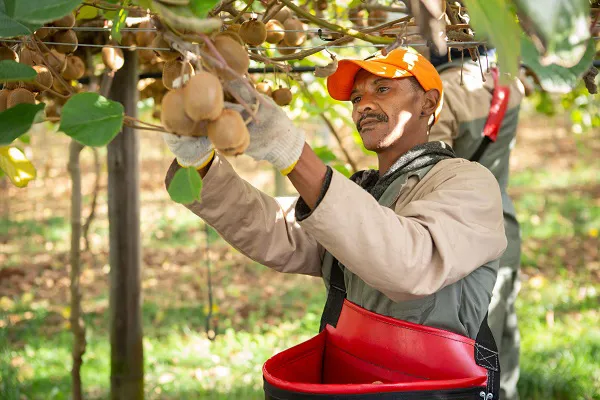 Harvesting kiwis in Waboomskraal, Western Cape, during June 2022
Harvesting kiwis in Waboomskraal, Western Cape, during June 2022
Reverse-engineering a place for South African kiwis
“With a declining kiwi industry in Chile and an industry still in ascendancy in New Zealand, we can’t claim to be anything but a 'johnny come lately', so the answer lies in reverse-engineering. We become counterseasonal to countries like Italy and Greece for European brands.”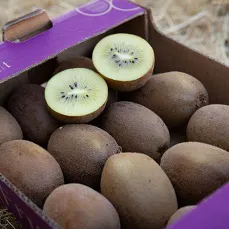 Yellow and red kiwis from South Africa are also exported to the Middle East, Singapore and Hong Kong.
Yellow and red kiwis from South Africa are also exported to the Middle East, Singapore and Hong Kong.
They now have proof of concept, he says. “We understand the quality and shippability and timing of our kiwis. Now it’s a question of translating that to the areas we like the most and growers are starting to gain confidence.”
What he calls ground zero for kiwi production lies in the Southern Cape around George and up into mountains, everywhere there is hops and apple production and this is where they’ll be seeing the largest number of plantings in the next five years.
He believes that the Elgin-Grabouw area will follow suit in the next ten years.
South African golden kiwi trials attract interest
He admits to their failures at the beginning, the years that 80% to 90% of their fruit was soft on arrival, but through trial and error 99% of the kiwis arrive in firm condition, he says.
“With us being 21 days + on shipping, we have had to do a lot of homework in terms of cultivars.”
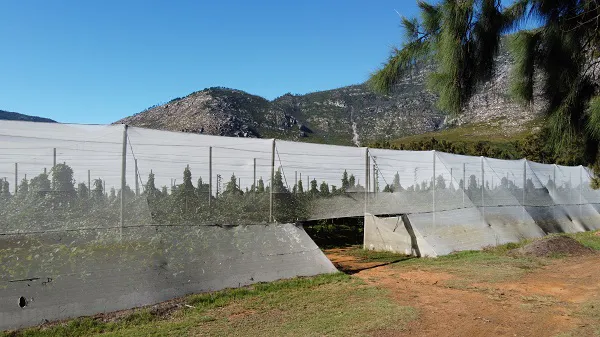 “We go out from the stance that we don’t have enough chilling units and how can we fix it.”
“We go out from the stance that we don’t have enough chilling units and how can we fix it.”
The highest yielding chinensis kiwi orchards produce around 40t/ha and the average is closer to 25t/ha, which is still low by New Zealand and some European standards, he concedes.
“We have had to write the book on golden kiwi production and shipping from a South African perspective. The weird thing is now we have a lot of Europeans very interested in our trials. They are constrained by what they can apply since Dormex has been banned in certain parts of the world. We can still use it but we’re looking for alternatives.”
He continues: “We go out from the stance that we don’t have enough chilling units and how can we fix it.”
He says they've been speaking to many financial institutions, of whom two are finally convinced: the Fedgroup and Capital Harvest will be funding kiwi expansion in the future.
"The return on investment currently offered by kiwis outpaces that of most other fruit categories in an era of disillusionment within the fruit industry."
Peter Turner
Variety Innovation B.V. (EU)
Tel: +27 82 894 5938
Email: peter@sorelikiwi.com
